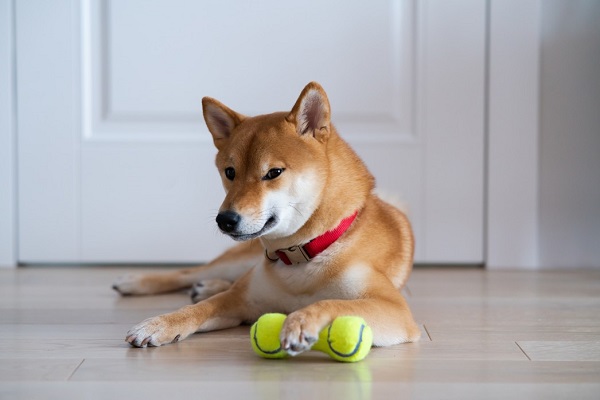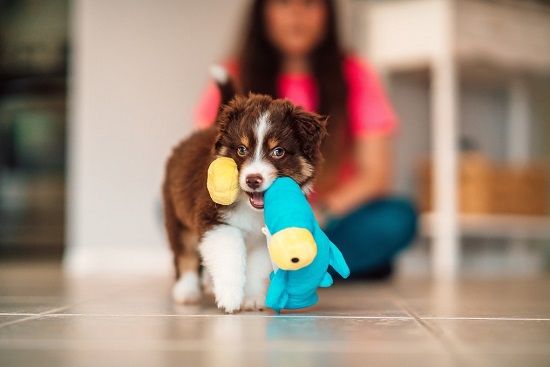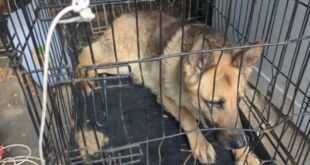Many dog owners want to know what goes on in their furry friends’ minds. Now some scientists are finally getting closer to the answer. In a recent study just published in the journal of Animal Cognition, researchers from the Family Dog Project (Eötvös Loránd University University, Budapest) found that dogs have a “multi-modal mental image” of their familiar objects. It means that, when thinking about an object, dogs imagine the object’s different sensory features. For example, the way it looks or the way it smells.
The scientists assumed that the senses dogs use to identify objects, such as their toys, reflect how the objects are represented in their minds. “If we can understand which senses dogs use while searching for a toy, this may reveal how they think about it,” explains Shany Dror, one of the leading researchers of this study. “When dogs use olfaction or sight while searching for a toy, this indicates that they know how that toy smells or looks.”
In previous studies, the researchers found that only a few uniquely gifted dogs can learn the names of objects. “These Gifted Word Learner dogs give us a glimpse into their minds, and we can discover what they think about when we ask them – Where is your Teddy Bear? –“ explains Dr. Andrea Sommese, the second leading researcher.
In the first experiment, they trained 3 Gifted Word Learner dogs and 10 typical family dogs (i.e., dogs that do not know the name of toys) to fetch a toy associated with a reward. During the training, dogs received treats and were praised for choosing this toy over a few distractor toys.
Only the Gifted Word Learner dogs participated in the second experiment. Here, the researchers aimed to find out what these dogs think about when they hear the name of their toys.
“Revealing the senses used by the dogs to search for the named toys gave us the possibility to infer what these dogs imagine when they hear, for example, Teddy Bear,” explains Dr. Claudia Fugazza, co-author of the study.
“Dogs sniffed more often and for longer in the dark. They spent 90% more time sniffing when the lights were off, but this was still only 20% of the searching time”.
To conclude, the dogs’ success in finding the toys and the different senses used while searching in the light and the dark reveals that, when dogs play with a toy, even briefly, they pay attention to its different features and register the information using multiple senses.
This research is part of the Genius Dog Challenge research project that aims to comprehend the unique talent that Gifted Word Learner dogs have. Moreover, the researchers encourage dog owners who think their dogs know multiple toy names to contact them on the Genius Dog Challenge website.

 DogExpress
DogExpress



















 in Chandigarh, India.
in Chandigarh, India. 
